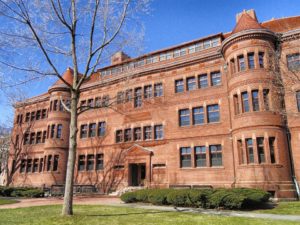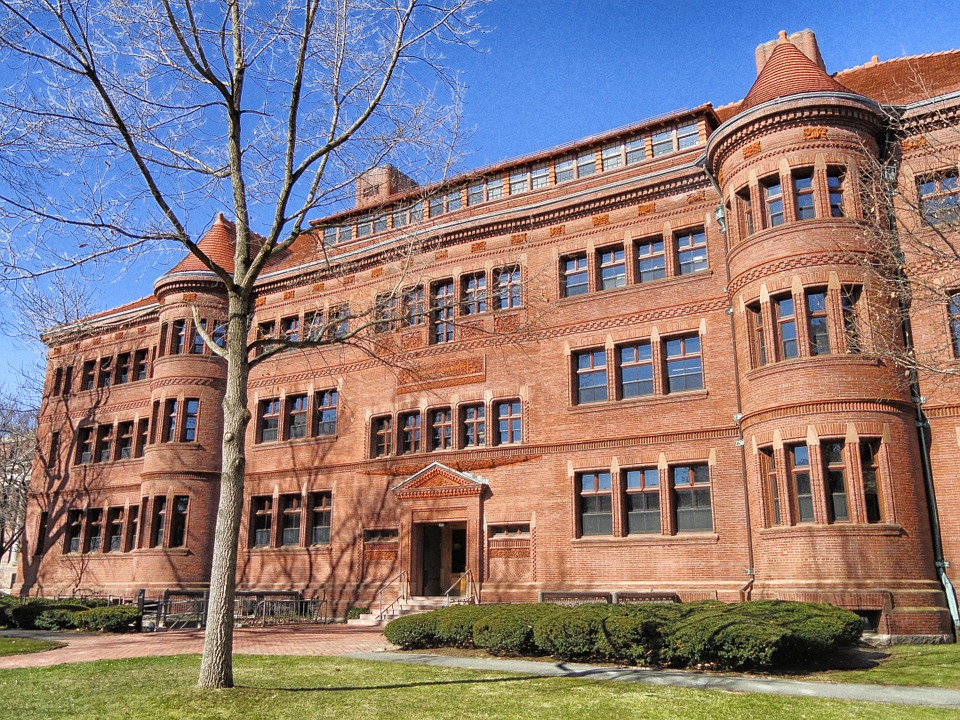
Up to 99.7% of American adults believe in the social importance of a healthy smile. Unfortunately, for those at Harvard University, an illness making its way through campus is making it difficult to maintain a healthy smile.
According to The Harvard Crimson the university’s Health Services confirmed on Monday, September 11 that the campus had seen a number of isolated cases of Hand, Foot, and Mouth Disease.
The virus results in a series of sores on the person’s hands, feet, and mouth in a rash-like appearance. Additional symptoms include pain when swallowing, sore throat, fatigue, fever, and loss of appetite. Although Hand, Foot, and Mouth Disease often occurs among young children, adults may also become infected. What makes the illness so easy to contract is that many adults may not show symptoms.
Amanda S. Lobell, Harvard Currier House Resident Dean, had sent out an email on September 11 notifying students of the cases and warning them to remain vigilant. Spokesperson Michael Perry also confirmed the illnesses in an email although, for the sake of patient privacy, it was not specified which of the university’s houses were affected.
“As with the spread of any illness,” Perry wrote, “HUHS encourages good hand washing and avoidance of contact with sick individuals.”
Lobell’s email noted that the disease passes after a few days and that it isn’t debilitating. However, cleaning shared private bathrooms and frequently washing one’s hands were recommended. The illness is transmitted through the blisters on the infected person’s body or via saliva.
“I don’t know what to think because I don’t know what this is in comparison to a cold,” said Brennan Dizdar ’19 to The Harvard Crimson. “I don’t know what the magnitude is.”
Cold symptoms are strikingly similar to HFMD although the common respiratory illness only lasts between 48 hours to 14 days. Discerning between a common cold and HFMD as cold and flu season kicks up may become more difficult especially with the season lasting potentially longer than usual this year.
Many Harvard students had never heard of HFMD until Lobell and Perry’s emails. Others are reminded of the various other strings of rare illnesses that have made their way through the campus only a year before.
In spring 2016, over 60 Harvard students were infected by a mumps outbreak that spurned the quarantine of several affiliates. What made the outbreak so strange was that the students infected with the illness had already been vaccinated.
Additionally, in March 2016, a resident of Mather House had been investigated after a suspected contraction of tuberculosis, a bacterial disease that is highly contagious.
“Why do weird diseases keep spreading on our campus?” asked Ali Dastjerdi ’19.
Yet many Harvard students are largely unconcerned about the illness just as they were about the possible spread of TB.
“Unless there’s actually a disease that was going to kill people, I wouldn’t really ever worry about getting sick,” said Joshua B. Rapperport ’17 regarding the possible TB incident.
“I’ll just be more mindful of not sharing drinks and washing my hands more often,” said Ziyad J. McLean ’18.


